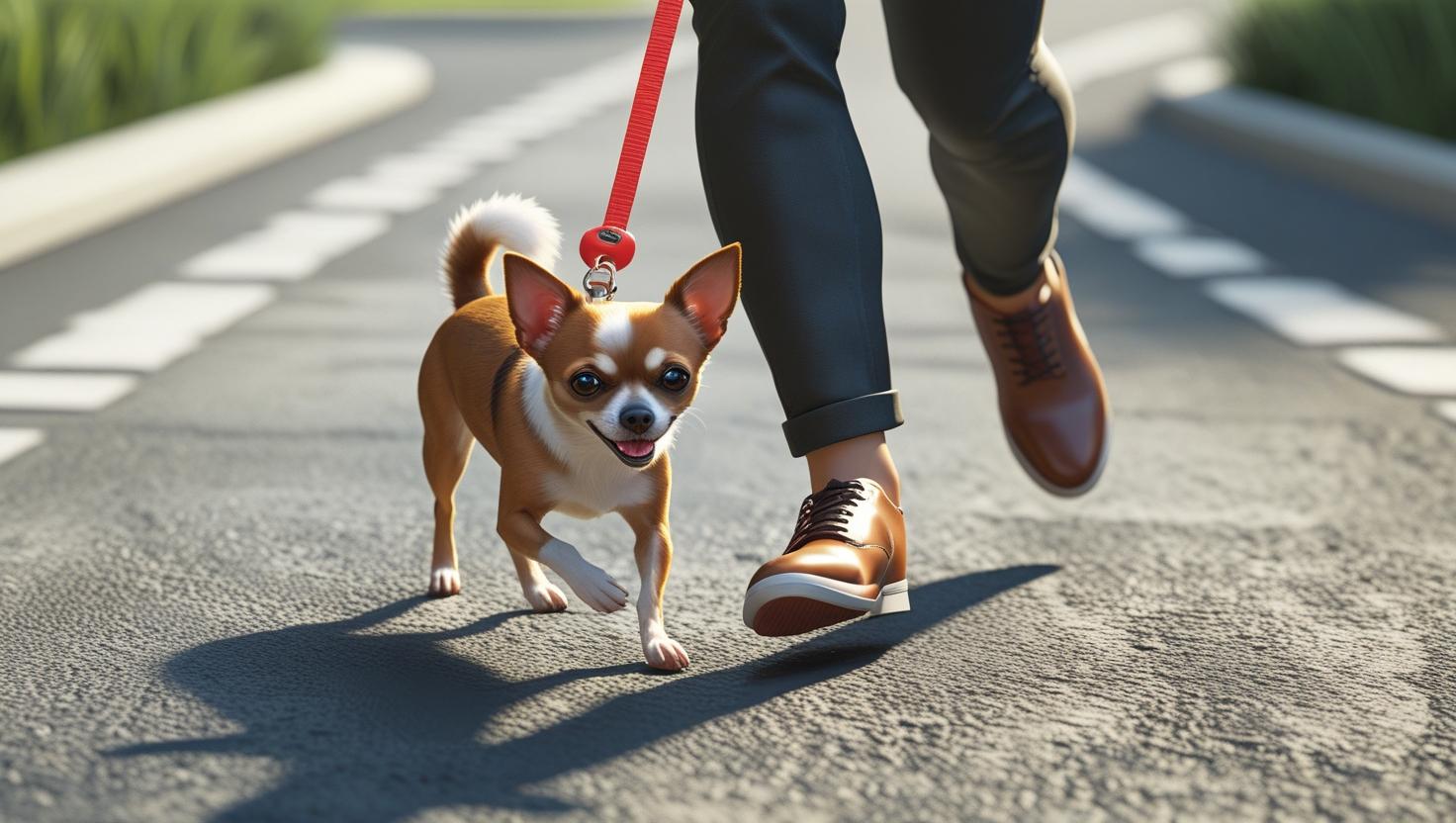How to Stop Your Dog Pulling on the Lead: A Step-by-Step Guide
If you’ve ever found yourself walking your dog and feeling like you’re being dragged along, you’re not alone. Dogs pulling on the lead is one of the most common behaviour challenges owners face. Fortunately, with patience, consistency, and the right techniques, you can teach your dog to walk calmly by your side. Here’s how to address this issue and create a more enjoyable walking experience for both of you.
Why Do Dogs Pull on the Lead?
Understanding why your dog pulls can help you address the root cause of the behaviour. Some common reasons include:
-
Excitement: Your dog may be eager to explore, meeting new people, or sniffing around. For many dogs, walks are an exciting adventure.
-
Lack of Training: If your dog hasn’t been taught how to walk on a loose lead, they’ll likely pull, as it seems like the quickest way to get where they want to go.
-
Reinforcement of Pulling: If pulling has been unintentionally reinforced, like your dog reaching the park faster or getting attention when pulling, the behaviour can become a habit.
The Consequences of Pulling
Beyond making walks difficult for you, pulling can lead to other issues:
-
Physical Stress: Constant pulling can strain both you and your dog, potentially leading to injuries such as neck strain, back pain, or even breathing issues.
-
Stress for Your Dog: Pulling often leads to heightened arousal and stress for your dog, which can lead to anxiety and frustration.
-
Safety Risks: If your dog pulls suddenly, it could put them (and you) in a dangerous situation, such as near traffic or other animals.
Training Your Dog to Walk Calmly
The good news is that with consistent training, you can teach your dog to walk calmly on a loose lead. Here are some steps to help:
1. Use the Right Equipment
A well-fitting harness or a flat collar can make a difference in your dog’s comfort and your control over them. Some owners find a front-clip harness helpful, as it can reduce pulling by redirecting your dog’s attention back toward you.
2. Start in a Low-Distraction Area
If you’re just beginning the training, it’s best to start in a quiet, low-distraction area. This allows your dog to focus more on you and less on outside stimuli like other dogs or people.
3. Stop and Wait
Whenever your dog pulls, immediately stop walking. Don’t continue moving forward until the lead is slack. By doing this, you’re teaching your dog that pulling doesn’t get them where they want to go. Only when the lead is relaxed should you continue walking. This simple tactic is a powerful way to show your dog that calm behaviour results in progress.
4. Reward Calm Walking and Checking in
Use positive reinforcement to reward your dog when they are walking calmly on a loose lead. Carry some treats with you and offer one when your dog is walking beside you without pulling or offers you a check in. This encourages them to repeat the behaviour.
5. Use the ‘Turn Around’ Technique
If your dog starts pulling, try turning around and walking in the opposite direction. This will catch your dog’s attention and teach them that pulling means they will end up further from what they want. Each time they follow your lead (literally!), reward them with praise or treats.
6. Gradual Increase in Distractions
As your dog improves, begin walking in areas with more distractions, like busy parks or streets. Keep reinforcing calm behaviour and rewarding your dog when they stay focused on you.
7. Consistency is Key
Consistency is crucial when teaching your dog to walk on a loose lead. Ensure that everyone in your household is on the same page and using the same training methods. Reinforcing the same rules will help your dog learn faster.
When to Seek Help
If you’re struggling with your dog’s pulling or if you’re not sure where to start, don’t hesitate to reach out to a professional dog trainer. An experienced trainer can offer guidance and tailor a training plan to your dog’s specific needs. As a qualified behaviourist, I’m here to help guide you and your dog through any challenges you may face.
The Takeaway
Training your dog to stop pulling on the lead takes time, patience, and consistency. By using positive reinforcement, maintaining calm leadership, and focusing on the overall experience, you and your dog can enjoy peaceful, enjoyable walks together. And remember, every small step in the right direction is progress!
If you need any further help with lead training or behaviour challenges, don’t hesitate to contact me at Paws ‘n’ Heal – we’ll work together to ensure your dog’s walks are stress-free for both of you!


